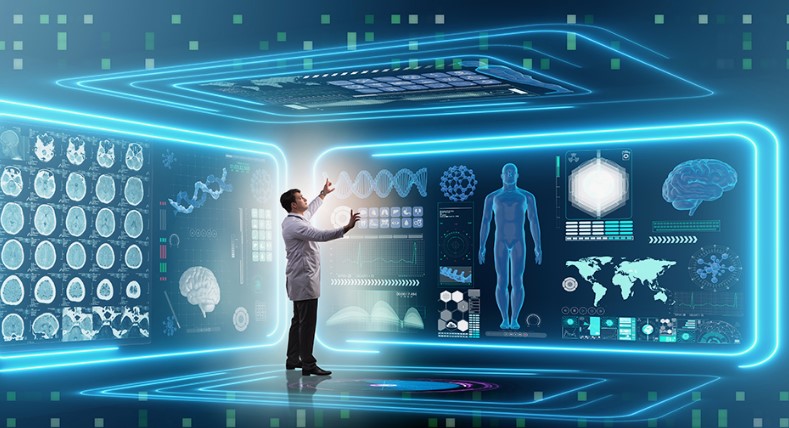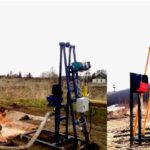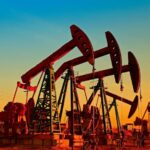The Digital Shift in Oil and Gas
Petroleum Engineering Decisions: Imagine yourself at a drilling site having to make a crucial decision: should you move forward or stop? Engineers used to make these decisions in the past depending on years of expertise, intuition, and scant data. But things have evolved. Now gaining front stage is advanced software, providing data-driven insights at rates and accuracy humans just cannot match.
Is this loss of human knowledge or a step forward? Although the argument is still under progress in many sectors, in petroleum engineering—where every choice affects budget, safety, and the environment—the stakes are quite great. Let’s explore how artificial intelligence and software are changing decision-making, the difficulties accompanying this change, and the reasons a balanced approach could be the best course forward.
The Traditional Approach: Human Expertise and Experience
For many years, petroleum engineering was a field in which human judgment was rather crucial. Engineers would go over seismic recordings, study geological formations, and apply their knowledge to determine where and how best to dig.
. Although this approach has produced important findings, it has drawbacks: human mistakes, cognitive biases, and the sheer difficulty of organizing enormous volumes of data.
Although a seasoned engineer may identify patterns based on past experience, the human brain can only handle so much at once. That’s where software comes in. With millions of data points analyzed in seconds, advanced techniques provide exact forecasts and lower uncertainty.
Concurrent with this is growing outside pressure on the oil and gas industry. Businesses must reduce environmental impact, increase efficiency, and lower expenses. Given these increasing needs, depending just on human knowledge is insufficient; technology must help.

How Software is Revolutionizing Petroleum Engineering
1. AI and Big Data: Changing the Game
Big data analytics and artificial intelligence (AI) have changed petroleum engineering’s decision-making process. These tools can quickly scan enormous volumes of data, spot trends, and provide rather accurate forecasts. Imagine being able to predict, with 95% accuracy, the success of a well—something no one could achieve on their own.
Modern businesses use AI-powered systems to examine seismic data, optimize drilling paths, and spot potential equipment breakdowns before they begin Significant cost reductions and lower risks follow from these predictive powers. The great thing is that, learning from fresh data and honing its accuracy with every forecast, artificial intelligence keeps getting better over time.
For instance, consider seismic analysis. Geophysicists would historically spend weeks analyzing seismic surveys. AI can interpret this data in hours today, more precisely than it could have years ago, pointing up possible oil deposits.
2. Machine Learning in Reservoir Management
To forecast oil recovery rates, reservoir engineers once depended on hand calculations and past data. These days, machine learning systems examine real-time data and modify forecasts and strategies depending on changes in situations.
One such example is Chevron, which studies reservoir activity, optimizes extraction methods, and increases output using artificial intelligence. Hence more efficiency and less of an environmental impact. Machine learning also allows engineers to make proactive adjustments that help avoid costly errors by assessing factors like pressure, temperature, and fluid composition.
Artificial intelligence-powered decline curve analysis is yet another ground-breaking innovation. In the past, engineers would use complex calculations to predict a well’s output—a process that is prone to human error.
These days, software very precisely automates this choreography and offers real-time data to improve recovery plans.
3. Automation in Drilling and Production
Drilling calls for ongoing hand corrections. Modern automated drilling systems in real-time fine-tune processes, therefore enhancing accuracy and efficiency.
For example, BP uses artificial intelligence-driven automation to improve drilling accuracy, lower downtime, and lower operational risk. The software guarantees the best performance with minimum waste, even when engineers still have control. This improves safety as well by reducing the possibility of human mistakes, especially at dangerous drilling sites.
Another fundamental consideration is sustainability. Automation helps lower waste and increase energy efficiency in front of more stringent environmental rules and rising emissions concerns. Companies can reduce environmental impact and keep revenue by improving drilling methods.Also Read>>>
Human vs. Machine: Can AI Replace Engineers?
Given all these technical developments, one wonders if artificial intelligence poses a danger to the function of petroleum engineers. Not rather. Although artificial intelligence is great at managing enormous volumes of data, human knowledge is still indispensable for deciphering insights, rendering decisions, and adjusting to unanticipated problems.
Consider the autopilot system of an airline. Pilots are still required for takeoffs, landings, and emergency circumstances even when they control the bulk of the flight. The same is true in petroleum engineering; software is a tool that improves rather than replaces human decision-making.
Still, there are hazards. Sometimes depending too much on artificial intelligence results in blind trust in algorithms, which can lead to major mistakes. Engineers have to confirm that recommendations produced by artificial intelligence fit current reality and validate them. Furthermore, artificial intelligence is only as good as the data it is educated on; so, inadequate data might produce false predictions, which emphasizes the requirement of human control.
Beyond data analysis, petroleum engineers have to negotiate geopolitical concerns, legal obligations, and unanticipated operational obstacles. These qualities call for human inventiveness, adaptability, and problem-solving—qualities not easily replicable with only software.
The Future: A Collaborative Approach Between AI and Engineers
Rather than a battle between human intelligence and AI, the future of petroleum engineering lies in collaboration. Engineers must adjust as technology develops further, incorporating AI into their processes and honing their analytical and critical thinking abilities.
What Petroleum Engineers Can Do to Stay Ahead:
- Utilize AI-driven software to improve efficiency and accuracy.
- Stay updated on emerging technologies to remain competitive in the industry.
- Develop strong analytical skills to evaluate and interpret AI-generated data.
- Learn data science basics to better understand how AI models work and their limitations.
By combining AI’s analytical power with human expertise, the industry can make smarter, faster, and more informed decisions without losing the essential touch of human intuition.
Conclusion: The Best of Both Worlds
Petroleum engineering is being revolutionized by artificial intelligence and software, which also speed up a more accurate, less dangerous decision-making process. Though technology is a great advantage, human knowledge is still indispensable. The best strategy is to strike a mix between artificial intelligence-powered insights and human judgment—where engineers employ tools instead of replacements from software.
What’s Your Take?
Do you think AI will dominate petroleum engineering, or will human expertise always be essential? Share your thoughts in the comments below!



